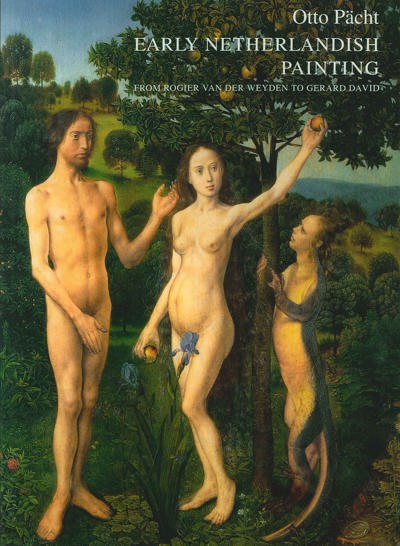
Women and Jews in the Sachsenspiegel Picture-Books
Madeline H. Caviness, Charles G. Nelson
- Pages: vi + 472 p.
- Size:225 x 300 mm
- Illustrations:43 b/w, 343 col.
- Language(s):English, Middle High German, Latin
- Publication Year:2019
- € 220,00 EXCL. VAT RETAIL PRICE
- ISBN: 978-1-909400-49-8
- Hardback
- Available
Contextual analysis of the representation of women and Jews in the fourteenth-century manuscripts of the German law book known as the Sachsenspiegel.
- Illumination & illustration of books
- Palaeography, Scripts & Manuscript Studies
- Iconography, Symbolism & representation in art and architecture
- Cultural & intellectual history (c. 500-1500)
- Women's & gender studies
- Germany, Switzerland & Austria (c. 500-1500)
- History of the Jews & the Jewish diaspora
“Dieses Buch ist mehr als sein Titel verspricht. Es beschäftigt sich nicht nur mit Frauen und Juden, sondern mit einer theoretisch fundierten, dichten Analyse komplexer Muster in der Visualisierung sozialer Stratifikationen. Mit seinen über 300 Illustrationen (viele davon in Farbe) und seinen 30 Tafeln, die Vollseiten aus den Manuskripten reproduzieren, ist dieses Werk mehr als generös ausgestattet.” (Katrin Kogman-Appel, in Das Mittelalter, 26/2, 2021, p. 518)
A Germanist and an art historian examine the pictures and text in the four densely illustrated manuscripts of the Sachsenspiegel that were produced in the century following its composition by Eike von Repgow. This is the first extensive study of these famous picture books in English. Using critical frameworks based on performative and feminist theory, the authors give detailed consideration to the social differences reshaped and maintained by text and image. Although Eike’s project, realized in the early 1220s, was concerned with peaceful interaction between diverse groups, including Slavic Wends as well as Germans, and with the provision of guardians for the young, the handicapped and the judicially impaired, his text is open to subversion by the images. Changing emphases in the pictures accord with changing attitudes to women and Jews in the period of production of these works, between c. 1300 and 1360. A burgeoning book culture in the fourteenth century carried Eike’s law into the town halls at a time when the German cities were increasingly Christianized; market churches were constructed in the judicial and economic hub even as Synagogues disappeared from town centres during the pogroms. The market complex became part of the material culture of the law.





